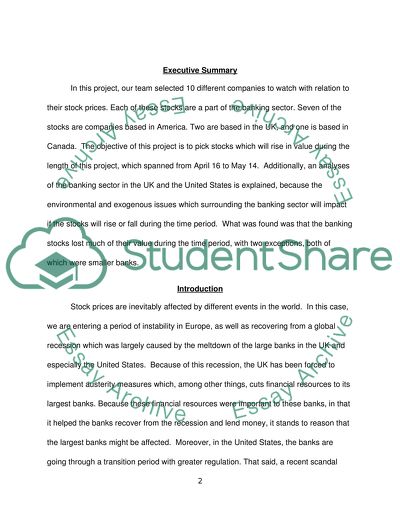Cite this document
(“10 different companies selected to watch with relation to their stock Coursework”, n.d.)
Retrieved from https://studentshare.org/finance-accounting/1399025-millionaire-for
Retrieved from https://studentshare.org/finance-accounting/1399025-millionaire-for
(10 Different Companies Selected to Watch With Relation to Their Stock Coursework)
https://studentshare.org/finance-accounting/1399025-millionaire-for.
https://studentshare.org/finance-accounting/1399025-millionaire-for.
“10 Different Companies Selected to Watch With Relation to Their Stock Coursework”, n.d. https://studentshare.org/finance-accounting/1399025-millionaire-for.


